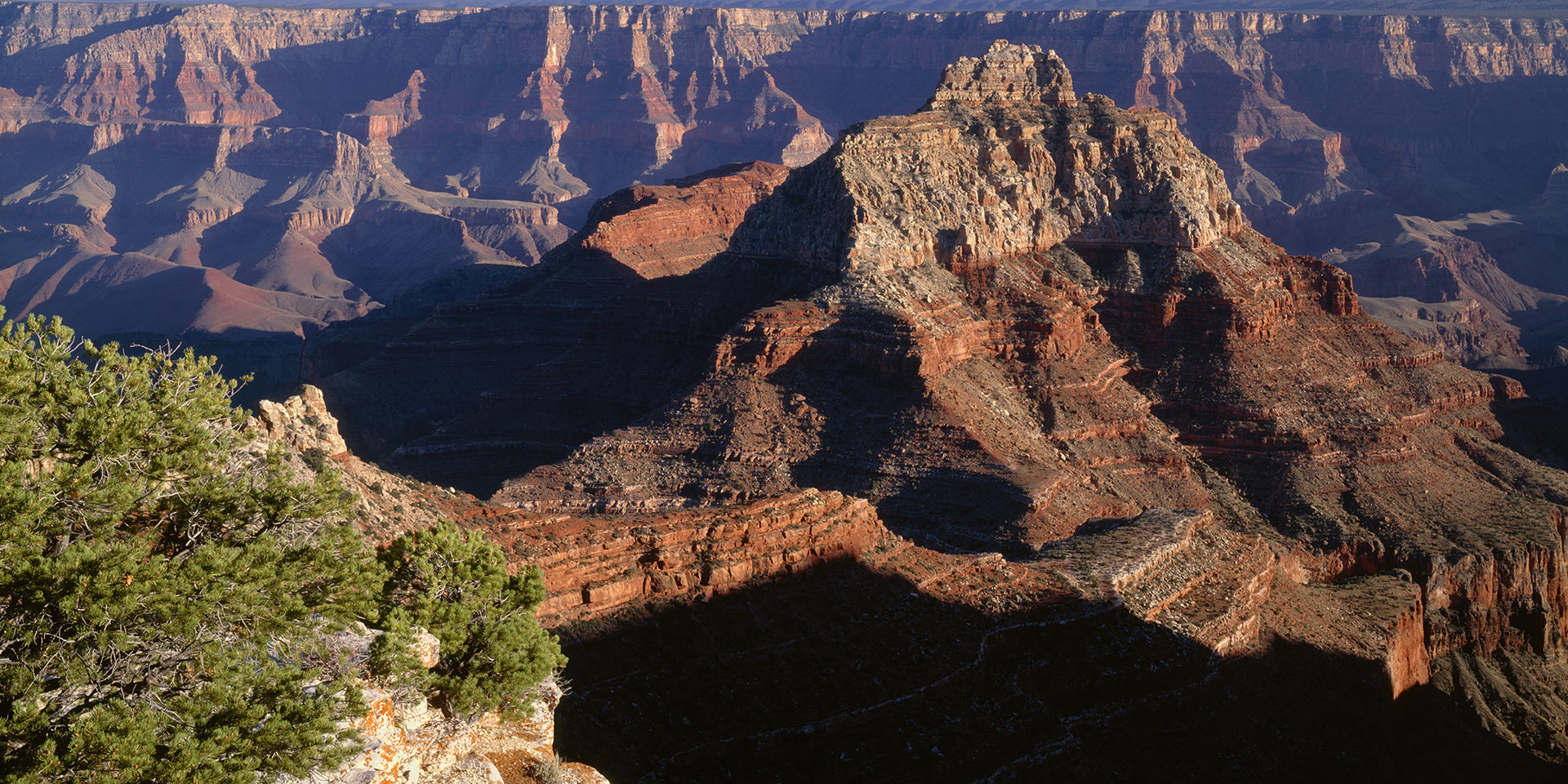
You ever wonder why some of the best and most sought out national parks and monuments such as the Grand Canyon, Bryce Canyon, Canyon De Chelly and Zion are so close together? Like, they’re somehow related? Well, that’s because they pretty much are! All of these National Parks and Monuments sit on what is known as the Colorado Plateau. This province expands across the south and eastern parts of Utah, western parts of Colorado, as well as the northern parts of Arizona and northwestern parts of New Mexico. Together, these four states meet up to create the famous four corners of the great southwest, home to many.

The biodiverse region is a series of tablelands that occupy about 240,000 square miles. Surrounded by the Rocky Mountains in the North and East side, the Great Basin to the west, and the Sonoran desert to its south, the Colorado Plateau is made up of layers of rock that date back as far as 2 billion years ago. With its igneous, metamorphic, and ancient precambrian rocks basement the plateau is also made up of deposits that give it its familiar rock layers. Some of its most notable characteristics include its deep and uniquely carved canyons, volcanic rock mountains and of course the buttes and plateaus all define this regions range of beauty and colors. Elevation starts at about 2,000 ft above sea level but the highest point of plateaus and mountaintops begin to vary anywhere between 5,000-13,000 ft.

There at the Grand Canyon the weather in December averages with a high of 44 and low of 15 degrees. In January, it is a high of 45 and low of 16 degrees, then in February it starts to creep up, with a high of 48 and a low of 18 degrees. This province is significant to the surrounding area as well as the people who reside in its proximity. For many years Native Americans have roamed what is known as the Colorado Plateau, because of its rich abundance in natural resources. Different tribes such as the Navajo, Hope, Hualapai, Havasupai, White Mountain Apaches, and the Kaibab Paiutes took advantage of what was around them and lived off of the land for hundreds and even thousands of years. So what makes this area so great that it kept civilizations thriving for so long? The answer is, diverse landscapes. The plateau is a mix of alpine mountains, conifer forests, high deserts, deep canyons, and sage brush covered plateaus, all of which aided in sustaining many tribes and early settlers not long after. There at the Grand Canyon the weather in December averages with a high of 44 and low of 15 degrees. In January, it is a high of 45 and low of 16 degrees, then in February it starts to creep up, with a high of 48 and a low of 18 degrees.

Among these various environments were a profusion of wildlife. Mule deer, mountain lions, coyotes, and elk can be found throughout the highland areas of the region. Smaller animals include jackrabbit, chipmunk, rock squirrel, gray fox, are among the most common. Soaring above are ravens, Woodhouse’s jay, red-tailed hawk, golden eagle, black-chinned hummingbird and bluebird. But stare up at the sky for too long, and you’ll miss the lizard scurrying under the nearest rock, or worse, a curled up rattlesnake getting ready to strike.

It doesn’t matter if you’re at the Grand Canyon, Arches National Park, Zion National Park, or Black Canyon of the Gunnison National Park you’re still on the Colorado Plateau. Where the region goes from canyon walls to dry desert to evergreen hilltops, this province continues to flourish. Even now descendants of preexisting tribes still reside throughout the area, using the land like their ancestors. like their ancestors once did. The flora still bloom when it is their time while the fauna graciously graze and roam the areas. If you’re lucky enough you may just find yourself up close and personal with an elk there at the Grand Canyon National Park.


